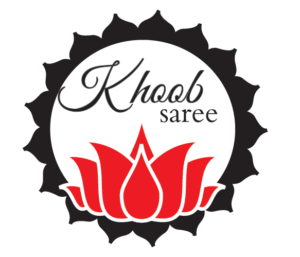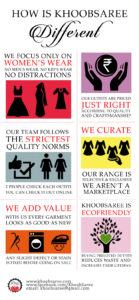Hi!
I’m an entrepreneur for 3 years with a track record of one failed venture and one “God-knows-what-more-do-I-do-to-make-it” venture 🙂 Being an academically bright person and a top rated employee in my corporate stints, entrepreneurial experience clearly made me understand two very fundamental differences between student+employment life vs. entrepreneurship: 1. While life is full of variables, the number of variables to be dealt with is in itself a number which is not constant for an entrepreneur. Thus not only the randomness of the variables but also the sheer variability of the number of variables you deal with at any given point in time, makes entrepreneurship far more complex than employment. 2. Pursuit of academics or employment, happen in a controlled environment wherein there is a direct correlation (in most cases) between the efforts and outcome. It is not so in case of entrepreneurship.

Keeping the gyanbaazi aside, I am writing this post to introduce to the community my venture, Khoobsaree, https://www.khoobsaree.com (also available on playstore as khoobsaree app), which is a web store focused on buying and selling pre-loved and gently worn party wear garments for women. The biggest motivation to start this venture was my love for clothes and a desire to create an impactful business which would solve a genuine problem of both buyers and sellers of occasionally worn garments.

Many, Beautiful Sarees (and other clothes) now possible 🙂
I believe that I did think through several important aspects around the business of selling second hand goods (which is what we do effectively) which would differentiate KhoobSaree from others in the space and make it work. Some of them are as follows:
- Not being a platform merely listing the products for free. Mere listing will not result in sales and there were several other players doing this already.
- Trust is the biggest issue in second hand goods sale. Hence we decided to take possession of the goods, verify them for quality and condition before we offer the same for sale.
- We introduced the concept of Quality Card to bring in transparency and objectivity in the process of quality control. The idea was to issue to the customer a sort of an undertaking/certificate taking responsibility of the verification of condition of the products

- We wanted to create a niche for a particular product category (party wear clothes for women) and not be a pin-to-plane site or another site selling all kinds of used goods.
- We wanted to avoid the long tail problem like that of most large marketplaces or mega etailers. Curation by expert designers in order to improve the customer experience was one of our key differentiators vis-z-viz the competition.
- We sourced our merchandise selectively from HNIs and not so famous celebrities and never positioned ourselves as a website available for selling goods of commoners. The focus from the beginning was not the quantity but the quality of our collection and hence we chose our sellers carefully.
- We focussed on garments where there could be some sense of value buy for the customer. Hence very affordable casual wear and fast moving clothes which are available in plenty at throw away prices in the first hand market were avoided
- Saree being an expensive and one-size fit all garment was chosen as the product that we wanted to deal in for the 1st few months as we wanted minimise the returns and the reverse logistics of the products due to fitting/sizing issues.

The value proposition is as follows;
- Highly curated (unlike a listings’ based platform) and heavily discounted merchandise (being second hand stuff) with quality assurance for the buyers, and
- Inter-mediation to facilitate sales for sellers in a highly trust deficit situation involving 2nd hand goods along with end to end sales management for them.

I am reaching out to my fellow entrepreneurs “who have been there and done that” in the fashion retailing space, to seek their guidance as I am not able to evaluate on my own the success/failure of my venture.

I wish to share my insights and numbers (website traction, enquiries, orders, etc so far) with an ecommerce expert to understand where I stand in terms of commonly accepted metric of success (or doom) in this industry (I seem to be quite clueless about them). Although being a professional accountant, the finance numbers don’t look very encouraging! #phew
Thanking you,
Trupti Agrawal
(Trupti.m.agrawal@gmail.com)





Priyanka Jajodia
Hey there, I’m from the editorial team. That’s a nice article, but it would be great if you could add an image. We’ll be more than happy to then promote it on the homepage! 🙂
Please let us know once done.